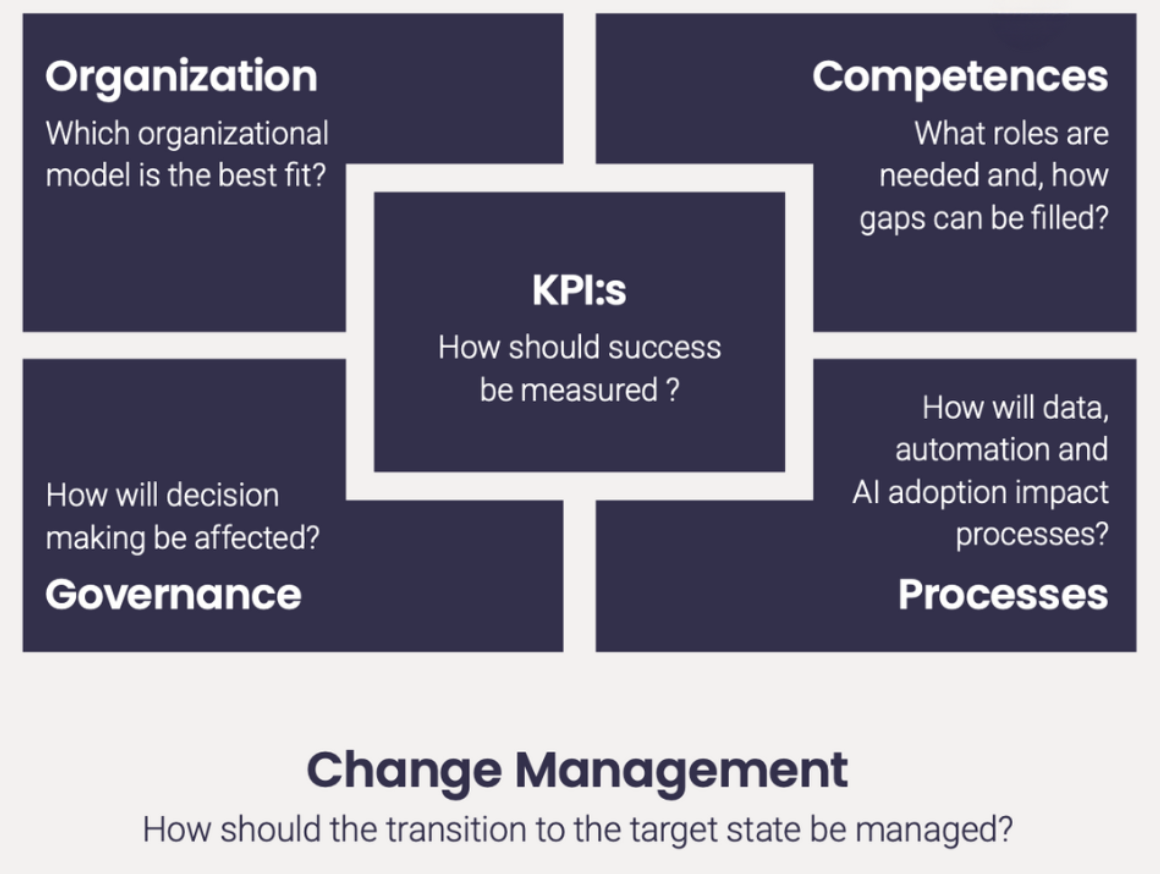Buying new technology won’t guarantee marketing success. The truth is that MarTech stacks only truly deliver value when supported by the right ways of working. Technology may enable change, but it’s the operating model around the MarTech that determines whether it scales, sticks, and creates impact in the long run.
Why tools alone don’t deliver
Most marketing and tech leaders have seen it happen: big investments in platforms that doesn’t live up to expectations. The customer data platform that was supposed to unlock personalization. The orchestration engine that promised automated journeys. The analytics tool that would finally prove the ROI.
On paper, these platforms are transformative. In reality, adoption remains low. Licenses are bought but not rolled out across teams. Data pipelines stall because integrations take longer than planned. Different departments spin up overlapping solutions to patch short-term needs, creating duplication and inefficiency.
According to Gartner data highlighted by our podcast episode with Scott Brinker, average utilisation of MarTech stacks has dropped from nearly 60% to just 33% in recent years. The issue isn’t a lack of technology. It’s the absence of the right structures to enable it.
20% Technology, 80% Operating model
Technology matters, but from our experience working with both domestic and international companies, it only accounts for about 20% of the success. The other 80% is all about the operating model.
An operating model is the playbook that connects technology to outcomes. It defines how decisions are made, how teams collaborate, and how new capabilities are scaled across the organisation. It includes:
- Governance – steering decision-making toward business impact.
- Collaboration – breaking silos between marketing, analytics, IT, and legal.
- Change management – aligning people, processes, and culture around a shared vision.
As Joakim Rönnblom, Managing Consultant at Avaus, puts it:
“Addressing skill gaps and collaborating across disciplines allows organisations to turn their MarTech and data into results.”
This is what the 80% really means: technology is the enabler, but operating models are what make it run at scale.

Getting value from MarTech: 20% Technology, 80% Operating Model
The risks of missing the 80%
When organisations focus too heavily on tools without building the right operating model, we’ve seen the same problems surface again and again:
- Siloed teams duplicate work and create inconsistent customer experiences.
- Unclear ownership of capabilities like segmentation or experimentation leads to friction and delays.
- Innovation gridlock emerges when business priorities clash with IT constraints, slowing time-to-market.
The drop in average MarTech utilisation to just 33% is a symptom of this reality. Tools are purchased with ambition, but they fail to reach their potential because the operating model isn’t in place to carry them.
To summarise
MarTech success doesn’t start with tools, it starts with your operating model. Technology is only part of the potential success, but it’s not the most critical part. Real results depend on governance, collaboration, and processes within organzations that make tools usable, repeatable, and scalable. Without investing in the 80%, the 20% can never deliver its full value. Tech is easy people are hard.
Stay tuned for the next part, where we’ll explore the building blocks of a MarTech operating model and show what it actually takes to put the 80% into practice.
For a deeper dive into operating models, composability, and scaling data-driven growth, download our guide MarTech & Customer Data in the Age of AI.
Download